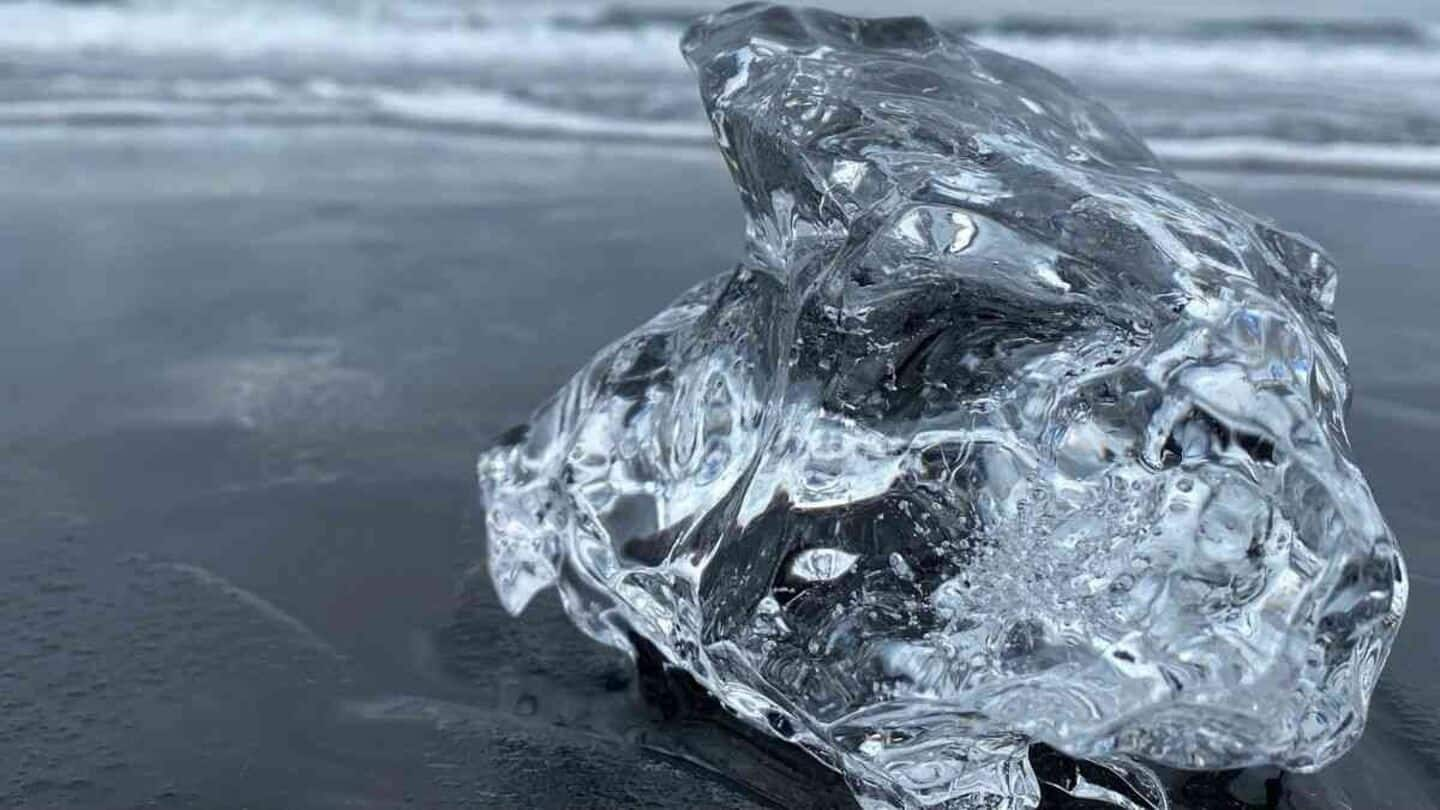
This is how ice can be used to generate electricity
What's the story
Scientists from China and Spain have found that adding salt to ice can enable it to generate electricity. The breakthrough opens up the possibility of harnessing clean power in cold environments. The research team found that when salt-doped ice is bent, it produces an electrical response similar to some of the best ceramic materials known for their electrical properties.
Energy innovation
Researchers create devices using saline ice
The researchers used saline ice to create devices that demonstrated its potential as a low-cost energy source in cold environments. "Despite 10% of the Earth's surface being covered by ice, ice power remains untapped," the team said in a paper published in the peer-reviewed journal Nature Materials last month. The discovery highlights an innovative approach to harnessing renewable energy from an abundant natural resource.
Mechanism explained
Ice can generate power through bending
In August, the same team published a paper in Nature Physics with researchers from Stony Brook University in New York. They revealed that ice can generate power via bending due to flexoelectricity, or the generation of an electrical charge when a material is subjected to a source of strain that is not uniform. This mechanism is crucial for understanding how salt-doped ice can be used as an energy source.